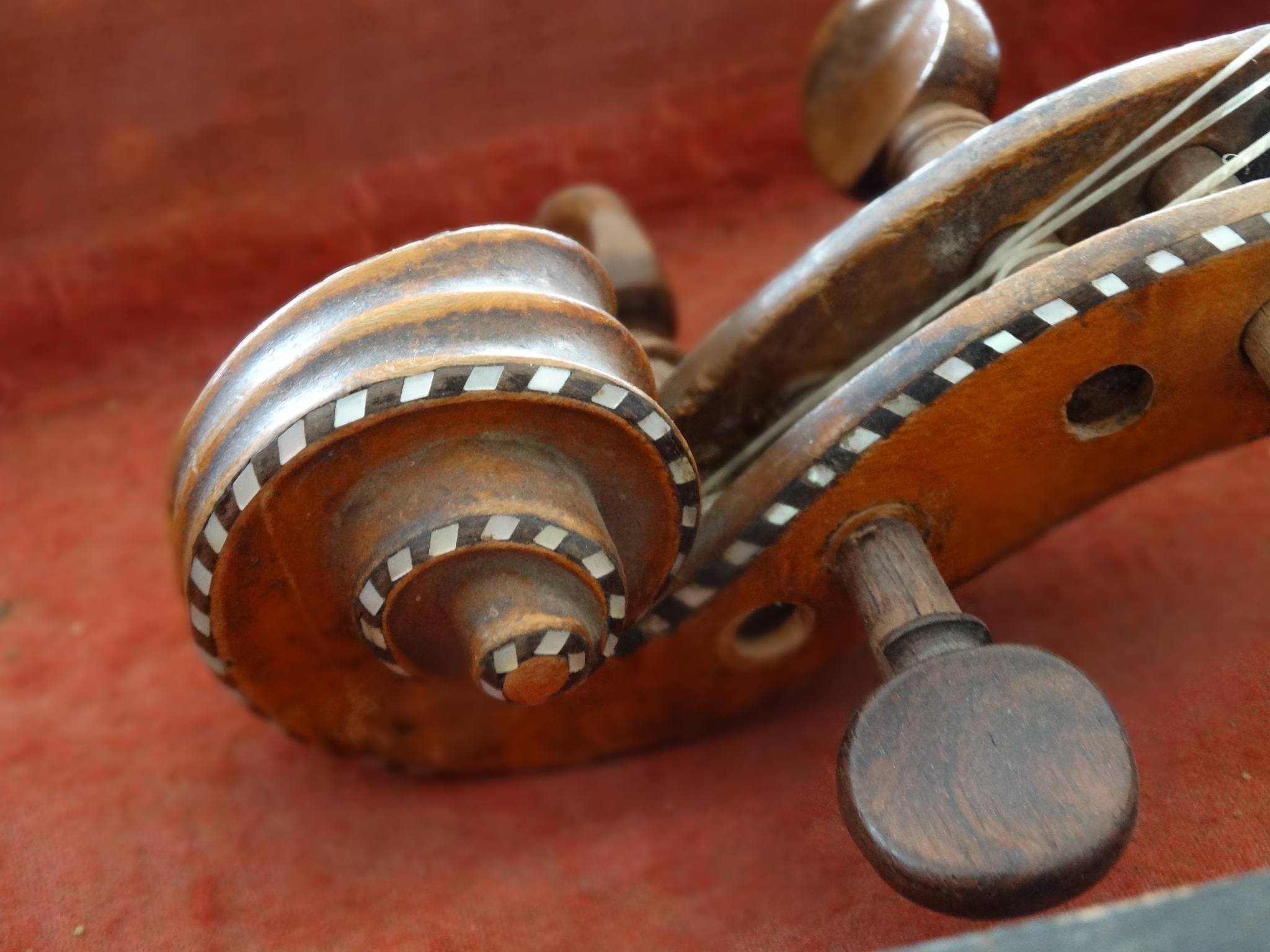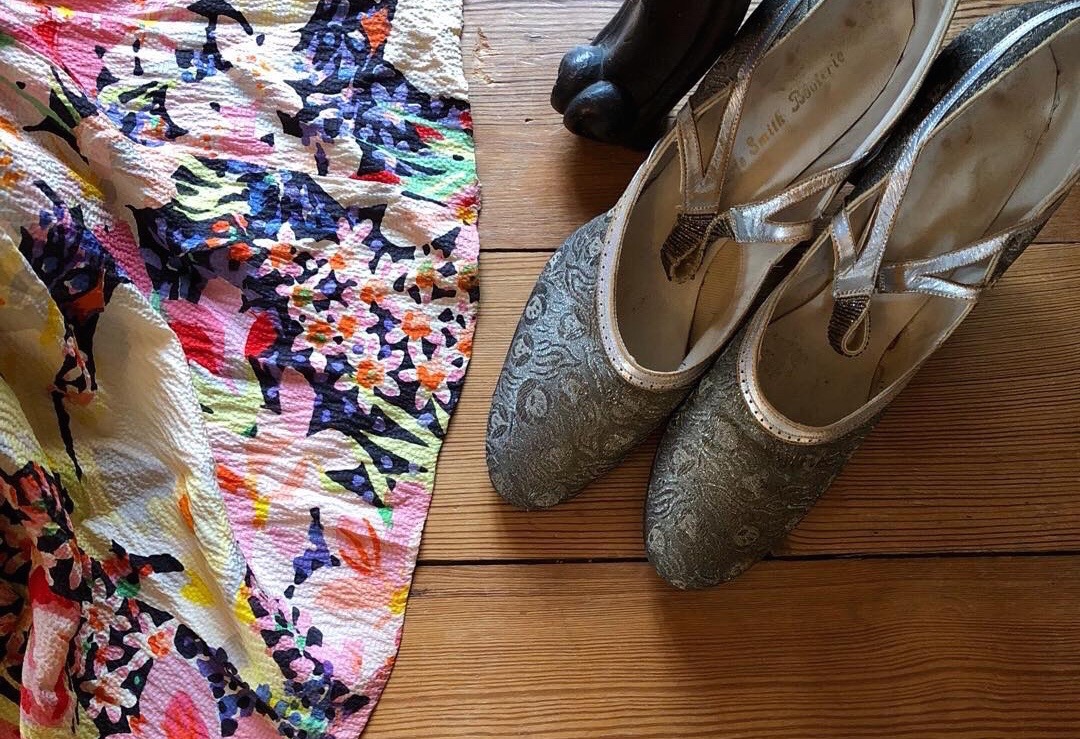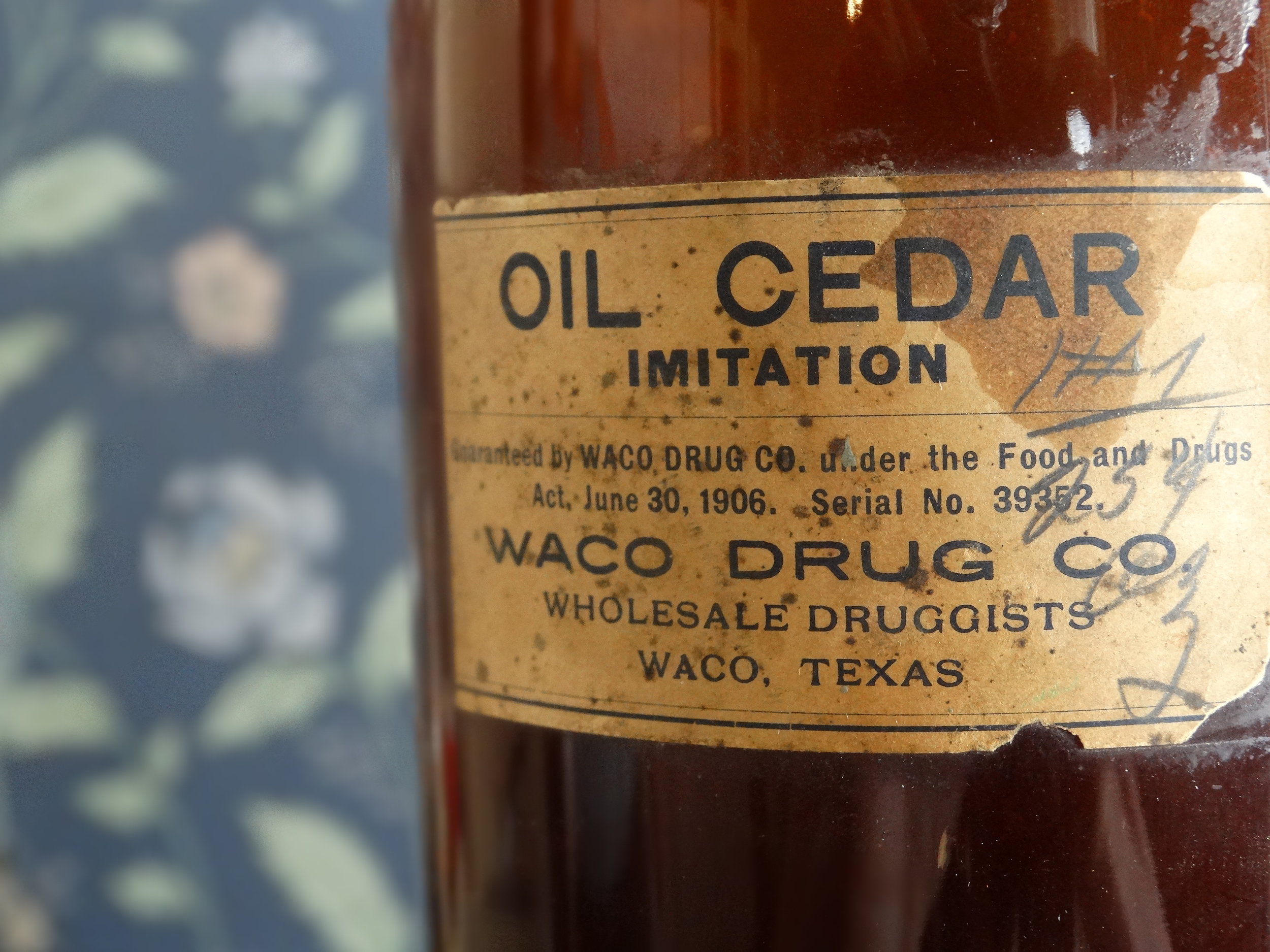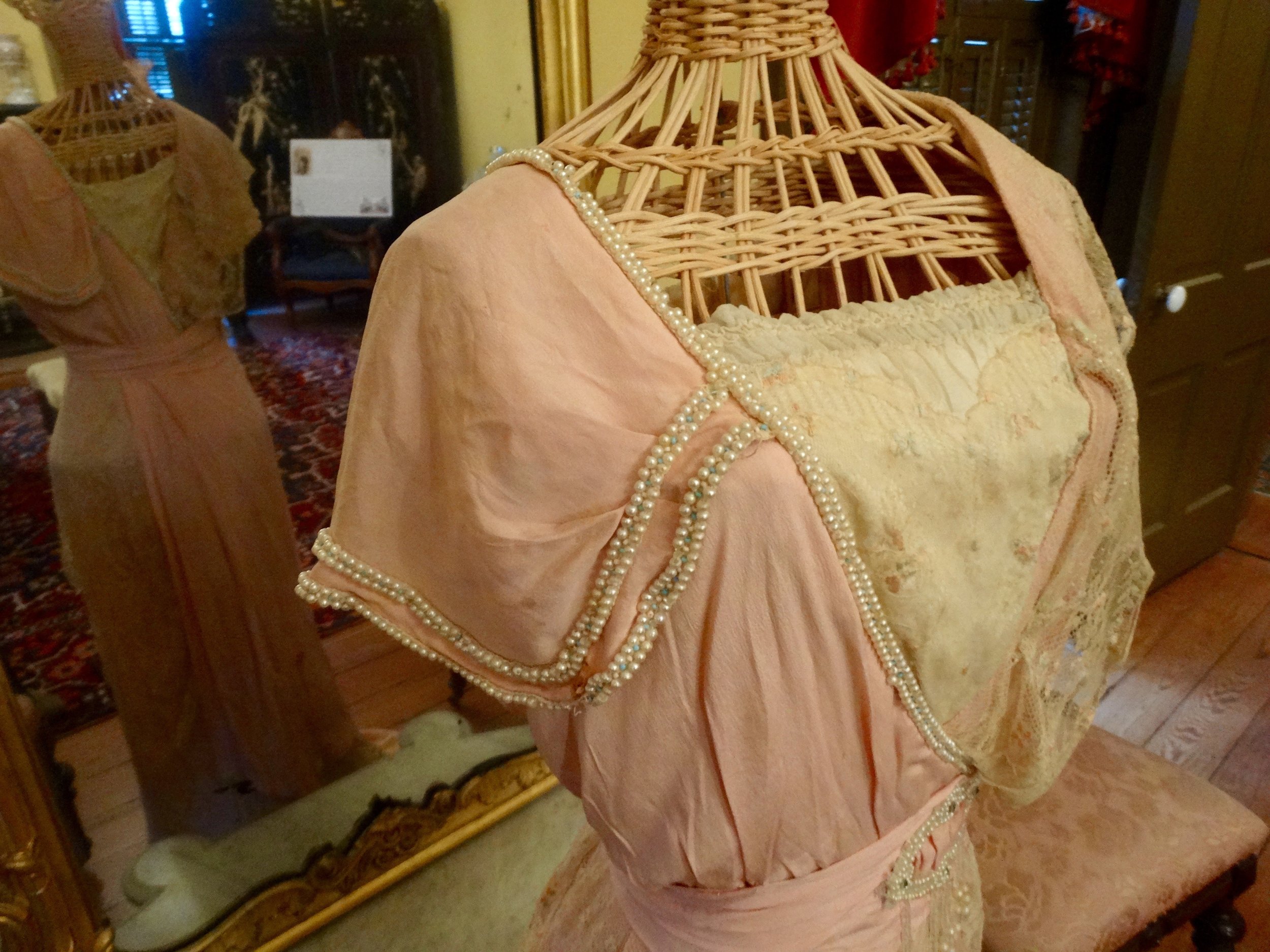Houses and Collections
Historic Waco has three historic homes currently interpreted as museums. We would love for you to stop by and come learn about our history and community during our operating hours!
Hours of Operation for our Historic Homes
East Terrace:
Friday - Saturday: 10:00 a.m. - 4:00 p.m.
Earle-Napier-Kinnard:
Friday - Saturday: 10:00 a.m. - 4:00 p.m.
McCulloch:
Friday - Saturday: 10:00 a.m. - 4:00 p.m.
Tours take roughly 45-60 minutes.
1. Earle-Napier-Kinnard House: 814 South 4th Street
2. Hoffmann House (Office) 810 South 4th
3. McCulloch House: 407 Columbus Ave
4. East Terrace House: 100 Mill Street
Earle-Napier-Kinnard House (1858 - 1869)
814 S. 4th St. Waco, TX 76706
In 1855, John Baylis Earle moved to Waco from Alabama and began construction on a one story house containing two rooms in 1858. At the time, it was one of the earliest brick homes of Waco. Mr. Earle briefly served in the Confederate Army, but left due to his poor eyesight. In 1866, Earle moved his family to East Waco. In 1868, after the Civil War, Dr. John Smith Napier, Sr. sold his plantation in Alabama and moved to Waco. The Napier Family completed the two story Greek-Revival style structure that exists today. Dr. Napier's daughter, Sarah, married Reverend David C. Kinnard, Jr. and the two moved into the home subsequently inheriting it. The Reverend and Mrs. Kinnard continued to reside in the house with their three children. The last two residents in the house were Miss Mary Kinnard and Miss Kate Kinnard. To support themselves, they moved in solely in the downstairs part of the home while renting upstairs to Baylor University students. Although the house changed hands multiple times throughout the course of history, many elements of the home are original including the ceiling lamp in the entrance hall and the Lincoln rocking chair located in the South Parlor.
East Terrace House (1872 - 1884)
100 Mill St. Waco, TX 76706
After moving from Tennessee in 1858, industrialist and businessman John Wesley Mann built this beautiful Italianate villa style house for his bride, Cemira. In 1874, John Wesley Mann, his wife, and their two young boys, Howard and J. W. Jr., moved into East Terrace. Mr. Mann was involved in several businesses in town, including the brick company that furnished the bricks used in constructing the Waco Suspension Bridge serving as a pivotal economical, cultural, and overall landmark for Waco. In 1884, he built an "Entertainment Wing" which included a ballroom for lavish parties. Parties in the East Terrace ballroom were a grand event. As an adult, Howard Mann recalled the beautifully dressed women and their handsome escorts dancing at the Summer Balls. Extra stable boys had to be hired to take care of the 50+ carriages and their horses. The house changed hands and uses several times. Other uses for the house include a sanatorium and boarding house. While touring East Terrace, you will see many objects within the home that were original to the Mann family including the cast iron bathtub in the bathroom and other furnishings.
McCulloch House (1866 - 1872)
407 Columbus Ave. Waco, TX 76706
The original two room cabin was built by Dr. Josiah H. Caldwell in 1866, as a home for his wife and five children. In 1870, the house was purchased by Mr. and Mrs. Champe Carter McCulloch who expanded the structure to its present size and Greek-Revival style and appearance that we see today. Champ Carter McCulloch was a prominent merchant in town along with serving as the Mayor of Waco for eleven years. The house remained occupied by McCulloch family members until 1971. Along with many family heirlooms on display that tell the story of the Caldwell and McCulloch Family, the house showcases watercolor paintings painted by English artist Charles H. Cox, a cotton merchant who painted watercolors in Waco between 1890 and 1901.
More on our collections
Historic Waco collects objects that are useful for fulfilling the museum’s mission and the interpretation of the historic houses and exhibitions. Historic Waco’s permanent collection reflects all members of the Greater Waco community. With this goal in mind, the permanent collection consists of historical objects (ix. furnishings, decorative arts, paintings, books); archival materials (ex. photographs, diplomas); textiles (ex. clothing and accessories, quilts); and cultural objects relating to Waco and McLennan County.
The Heritage Collection was created by prominent Waco historian Lavonia Jenkins Barnes, showcasing a sub-collection within the permanent collection. The collection spans over a century, ranging from early Texas settlement through WWII. Many pieces belonged to early Wacoans, and consists of over 3500 garments, flat textiles and accessories. We are always appreciative of donations that are made to further our mission statement. If you are interested in donating items to the permanent collection, please contact our office. Donations without the proper paperwork will not be accepted.








